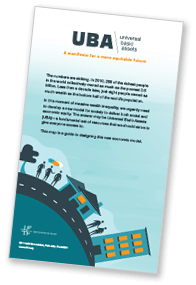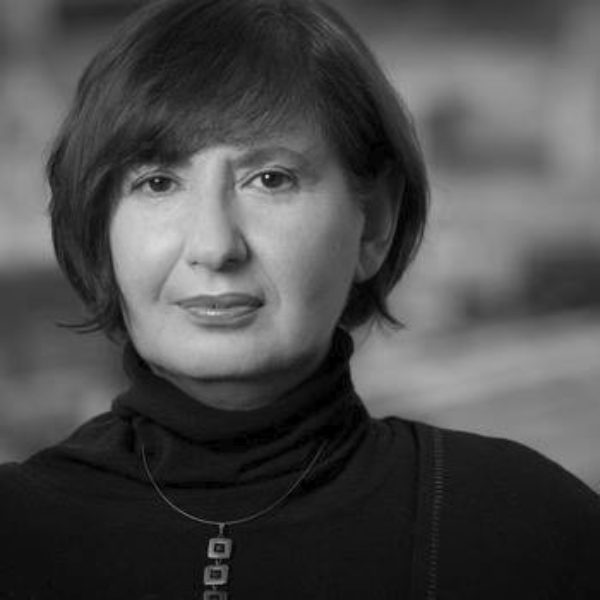In 2010, 288 of the richest people in the world collectively owned as much wealth as the poorest 3.5 billion people on the planet. Last year, according to a recent study by Oxfam International, just eight people owned as much wealth as the bottom half of the world’s population.

Throughout modern history, we’ve had to continuously navigate the dilemma of wealth concentration versus wealth distribution. On one hand, we must aggregate capital in order to make necessary investments and scale up economic activities in pursuit of growth. On the other, social cohesion and a functioning democracy depend on a more equitable distribution of economic prosperity. Today the equilibrium between these two goals is missing not only in the United States, but also in many developing economies simultaneously witnessing relatively high levels of growth and large income inequalities.
To regain balance and enable sustainable livelihoods for large swaths of the population, the Institute for the Future (IFTF) proposes a framework called Universal Basic Assets (UBA), which identifies a fundamental set of resources every person needs access to, from financial security and housing to healthcare and education.
In the UBA framework and manifesto, we focus on three broad classes of assets: Private assets include money, land, and housing. Public assets refer to infrastructure and services like education, health, and public utilities. Lastly, open assets are a growing category of mostly digital assets that are communally created and open to everyone, from Wikipedia and open education resources to scientific knowledge, artificial intelligence tools, and much more.
IFTF’s Universal Basic Assets framework and manifesto do not advocate collectivizing or seizing and distributing resources. Rather, they are a call to action to collaboratively identify the key assets people will need today and in the future in order to lead sustainable livelihoods as individuals, households, and wider communities. UBA offers actionable tools for designing policies and mechanisms for widening access to such resources.


